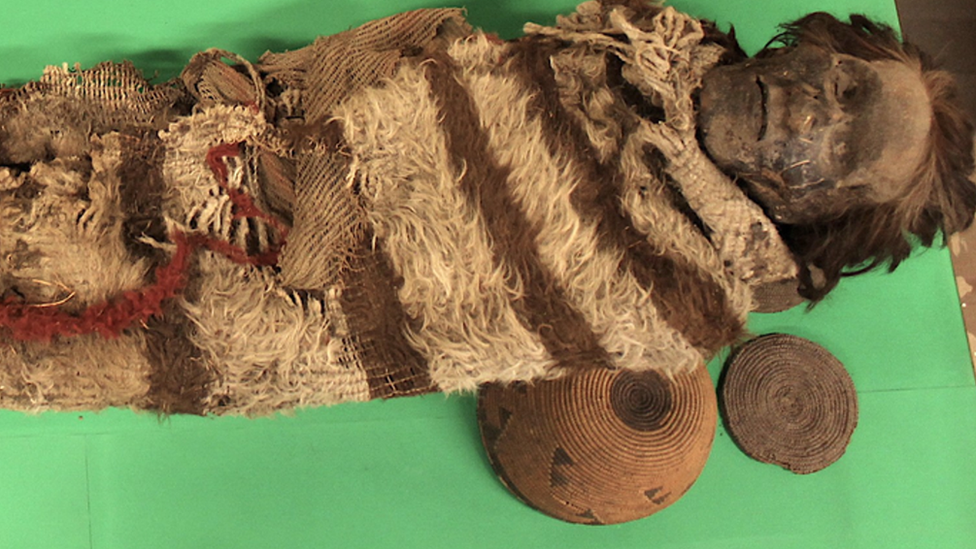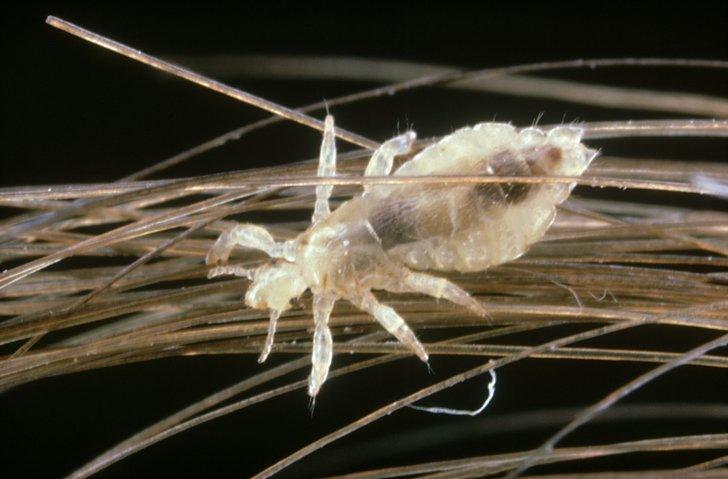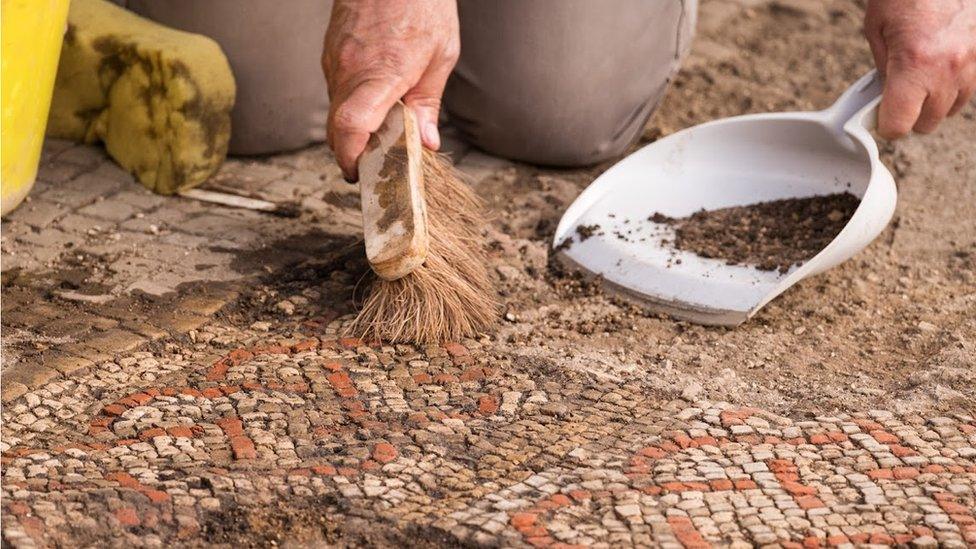Archaeology: How nits are revealing secrets about ancient humans
- Published
- comments

Who knows what scientists might find in your hair?!
Experts are using an unusual method to find out about our ancestors - nits!
Yes, studying the remains of hair lice is revealing secrets about the DNA of ancient humans.
Scientists studying mummified remains from South America from around 1,500-2,000 years ago, say they have recovered ancient human DNA from the cement that head lice use to stick their eggs to hair.
This cement is made when lice attach eggs, known as nits, to the hair, and at the same time, some skin cells from the scalp also become trapped in the glue-like sticky stuff.
"In addition to genetics, lice biology can provide valuable clues about how people lived and died thousands of years ago," Dr Perotti, Associate Professor in Invertebrate Biology at the University of Reading, explained.

Until now, archaeologists usually extracted ancient DNA from the bones of the skull, or from teeth, as these provide the best quality samples.
However, skull and teeth remains aren't always available, and it can also be against cultural beliefs to take samples from indigenous early remains.
DNA stands for deoxyribonucleic acid.
DNA carries information about the genes that make us what we are.
It contains has all the instructions that a living organism needs to grow, reproduce and function.
Scientists study it to find more about how humans evolved.
Also the team found the nit glue yielded the same amount of human DNA as found in a tooth, and twice that found in the skull bones.
In the new study, published in the journal Molecular Biology and Evolution, researchers extracted DNA from nit cement on mummified remains of people who reached the Andes mountains of the San Juan province in central west Argentina.
Scientists also studied ancient nits on human hair used in textile from Chile as well as nits from a shrunken head originating from the ancient Jivaroan people of Amazonian Ecuador.
Using the new method, researchers found a genetic link between three of the mummies and other human remains, showing for the first time that the original population of the San Juan province migrated from the land and rainforests of the Amazon in the north of the continent, south of current Venezuela and Colombia.
Like the fictional story of mosquitoes encased in amber in the film Jurassic Park, carrying the DNA of the dinosaur host, we have shown that our genetic information can be preserved by the sticky substance produced by head lice on our hair.

Head lice lay their eggs - called nits - in hair
Dr Perotti said that more researchers are looking into migration and diversity in ancient human populations.
"Head lice have accompanied humans throughout their entire existence, so this new method could open the door to a goldmine of information about our ancestors, while preserving unique specimens," Dr Perotti said.
- Published26 February 2014
- Published25 November 2021

- Published27 November 2021

